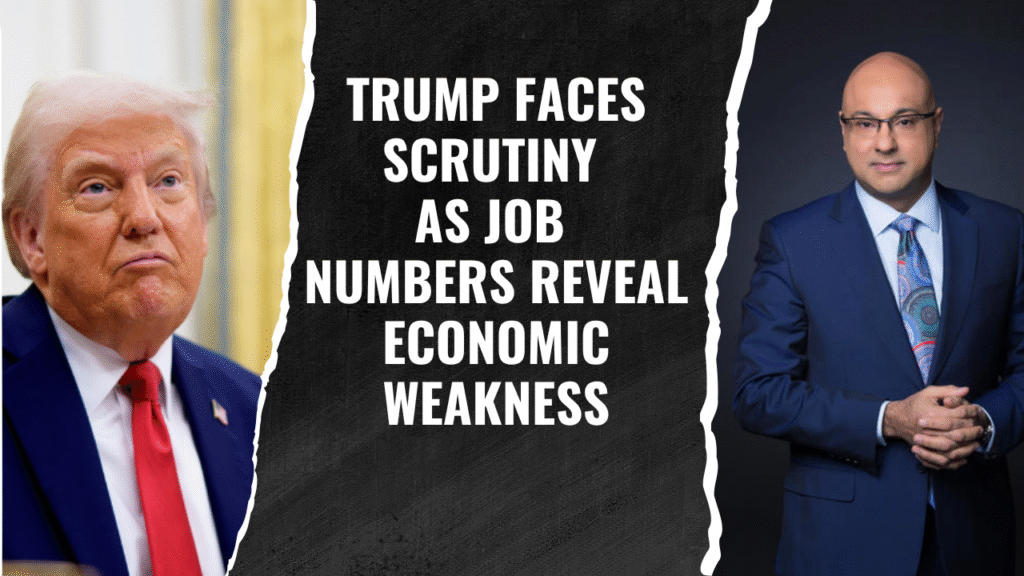The U.S. economy took a hit in July as the latest report from the Bureau of Labor Statistics (BLS) revealed that only 73,000 jobs were added—far below expectations. Even more concerning were the major corrections to earlier job reports. Job growth in May was initially reported at 144,000 but later corrected to just 19,000, while June’s figure was revised down significantly from 147,000 to only 14,000. 📉 That’s a total downward revision of 258,000 jobs, bringing the average for the last three months to only 35,000 new jobs—far less than the 150,000 needed to match population growth.
While it’s standard for BLS figures to be revised as more data becomes available, the scale of this correction was unusually large. It raised concerns, especially under a presidency that has closely tied its performance to economic metrics.
Rather than address the report’s findings, President Trump dismissed the numbers as fraudulent. He fired the head of the BLS, accusing her of manipulating data to make his administration look bad and claiming that past job numbers had been inflated to benefit President Biden. These accusations had no supporting evidence.
Trump referred to the head of the Bureau of Labor Statistics as a “Biden pick,” despite her confirmation by a strong bipartisan Senate vote of 86 to 8, with support from Vice President JD Vance.
This pattern is not new. Trump previously accused Federal Reserve Chair Jerome Powell—whom he himself appointed in 2017—of being biased toward the Biden administration.
The release of the job numbers coincided with Trump’s previously announced deadline to complete new trade agreements with foreign nations. Back in April, he claimed to have secured agreements with 200 countries, although fewer than 200 exist globally. In truth, successful trade agreements were limited to a handful of countries, including the EU, UK, Japan, South Korea, Vietnam, Pakistan, Indonesia, and the Philippines. Talks with China and Mexico continue.
Trump also issued an executive order adjusting tariffs on imports from 69 countries, changing the trade landscape once again. Smaller nations like Lesotho and Guyana initially faced steep tariffs due to trade imbalances but later saw those rates lowered. Meanwhile, Brazil saw its tariffs hiked to 50%, a move Trump justified by criticizing the trial of former Brazilian President Jair Bolsonaro.
Tensions also rose with Canada, as the administration announced a 35% tariff—up from 25%—on Canadian products not covered under the U.S.-Mexico-Canada trade agreement.
Elsewhere, the Commerce Department reported a 3% annual increase in GDP for the second quarter—an improvement from the 0.5% growth in the first quarter. But this spike was mostly due to a drop in imports after companies had rushed to bring in goods earlier in the year to avoid looming tariffs. This swing in trade artificially improved GDP figures, without reflecting any substantial economic improvement.






